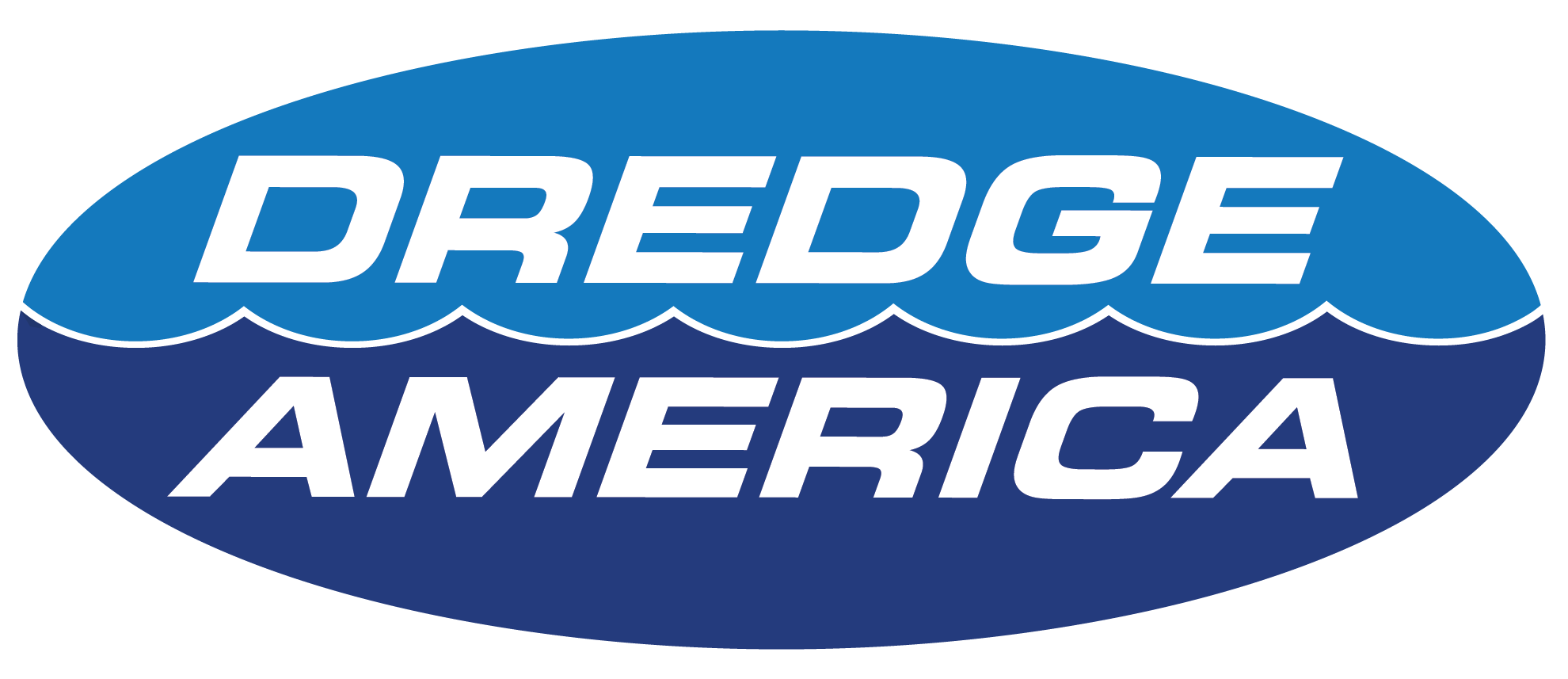Disclaimer: At Dredge America, Inc., we go the extra mile to ensure that your personal information is kept secure and safe. We will not disclose, release or share this information with outside companies or third-parties. We’d like your permission to keep in touch and update you about relevant news, offers, and opportunities.
How To Obtain Dredging Permits?
Overview
Probably the most difficult aspect of a dredging project is the permitting. Under the Federal Clean Water Act and Amendments, the Corps of Engineers is required to regulate dredging in accordance with certain environmental criteria. Specific criteria are stated in Sections 404(b) and 401(a) of the act. The purpose is to protect water quality and wildlife habitat. Historically, the Corps also exercised regulatory control over dredging under Section 10 of the River and Harbor Act of 1899. Before any dredging can be done in a significant water body, a permit must be obtained.
Federal Law, under the Clean Water Act of 1976 and Amendments, requires that any person or business that proposes to place a fill or dredged material in the “Waters of the United States” shall first obtain a dredge permit from the U.S. Army Corps of Engineers. The “Waters of the United States” have been interpreted in various courts as any body of water which are or could be used by interstate or foreign travelers for recreational purposes, including contiguous wetlands, and any flowing stream. Various state governments have also made their own interpretations of these regulations, and in many cases, the state may require a separate permit meeting different criteria.
Dredged material is defined to include the overflow from a confined dredged material disposal site, as well as the sediment removed by the dredging process itself. Most states exempt small farm ponds under a certain area, but the size can vary from state to state. The law governing the placement of fills and dredged materials in the Waters of the United States provides both Civil and Criminal penalties for violations. We strongly urge you to check with the appropriate authorities in your state to determine if the filling or dredging you plan to do requires a permit.
Corp of Engineers
In many states, the Corps has given jurisdiction over the Section 404 permits to a state agency. The usual result is that the Corps and the State use a “Joint Permit Application” form. Such forms can be obtained from the Corps of Engineers General Regulatory Branch at the appropriate District Office. In nearly all cases, they can also be obtained “On Line” from the District’s web site or from the involved state agency.
Permit Application Forms
The forms require information such as the quantity of materials to be dredged, the location and condition of the proposed disposal site, names and addresses of nearby landowners, and likely environmental impacts. In some cases, typically where there is historic reason to suspect that the sediments to be dredged have been contaminated by pollutants, the state or Corps of Engineers will require testing of the sediment and water to determine the likely impacts on water quality.
Details required as part of the permit application include sketches of the work to be done, such as cross sections showing before and after water depths and the proposed disposal site conditions, including any proposed levees and water control structures. Typically, a survey is needed to show the depths on the area to be dredged, which illustrates the reason the dredging is needed. The project owner can typically complete most of the information on the permit application, but an experienced engineering company normally undertakes the more complicated projects.
General Permit vs Individual Permit
For smaller projects, there is what is known as a “General Permit.” These can be obtained in as little as a couple of weeks after the completed application is submitted. In some states, certain maintenance activities, such as redredging a previously dredged private canal, fit an exemption and do not require permitting. For larger projects and new work dredging, individual permits are normally required. Obtaining an individual permit typically requires approximately 6 months due to the extensive review process.
How to Start the Permit Process
The way to start is to pick up the telephone and call the nearest Corps of Engineers office. Check their website for the office that handles your area (http://www.usace.army.mil/). They will give you the information you need to reach the person who handles permit applications in your area. That person will help you determine what you need.
Dredge America is familiar with the requirements of the various regulatory programs across the country which affect dredging, filling, wetlands, and construction in the waters of the United States. If we cannot answer your questions, we will refer you to someone else who can.

